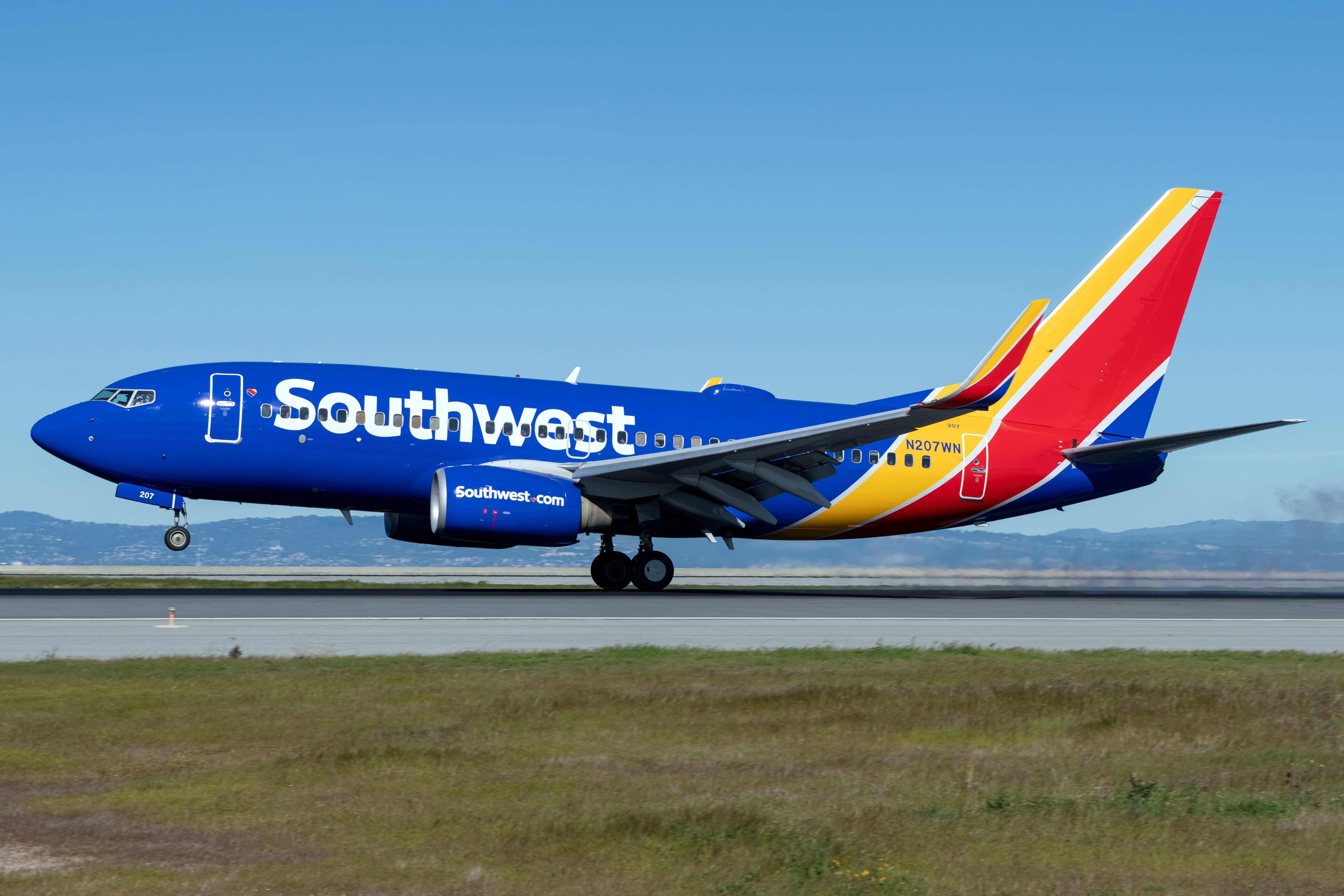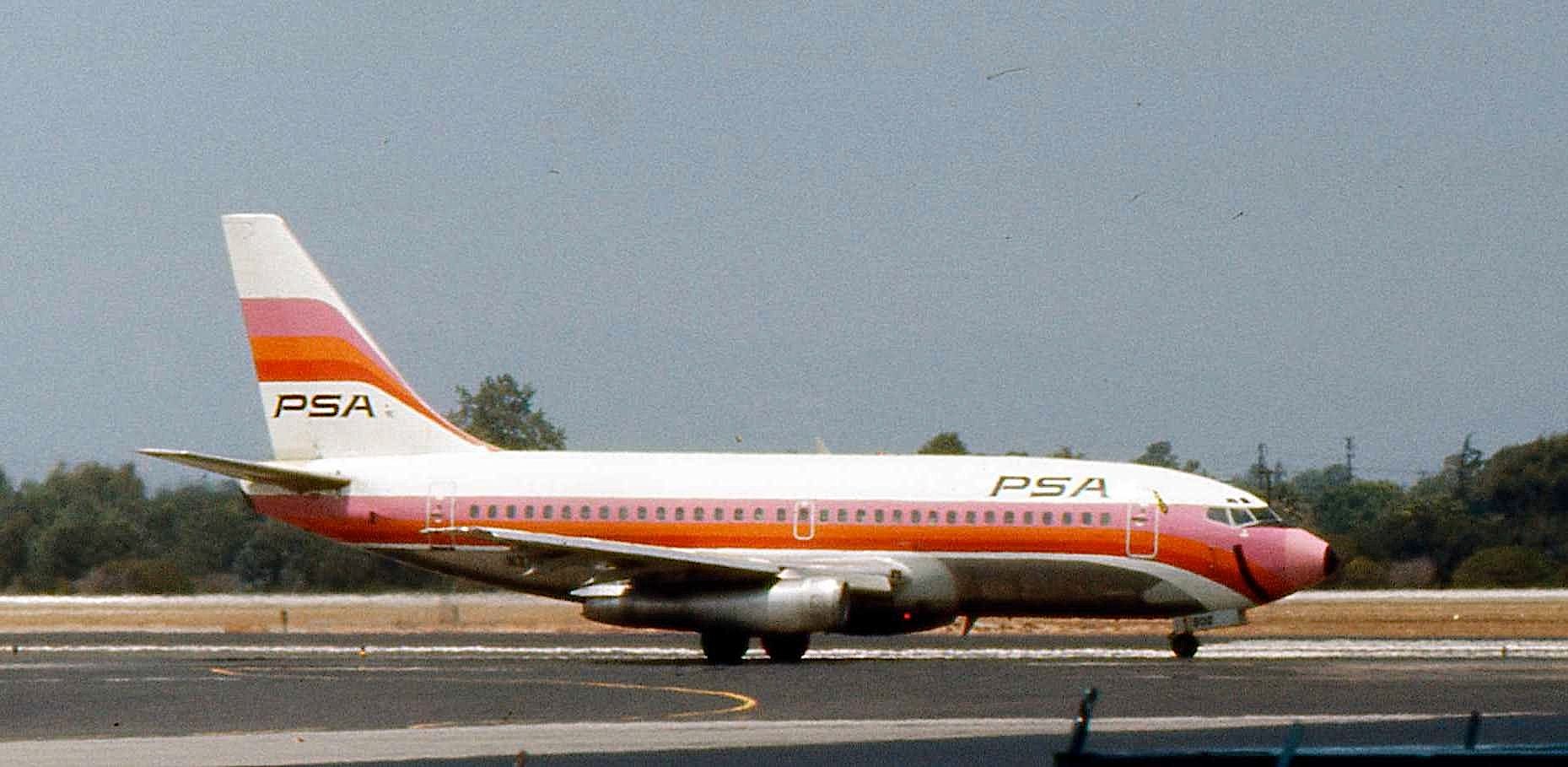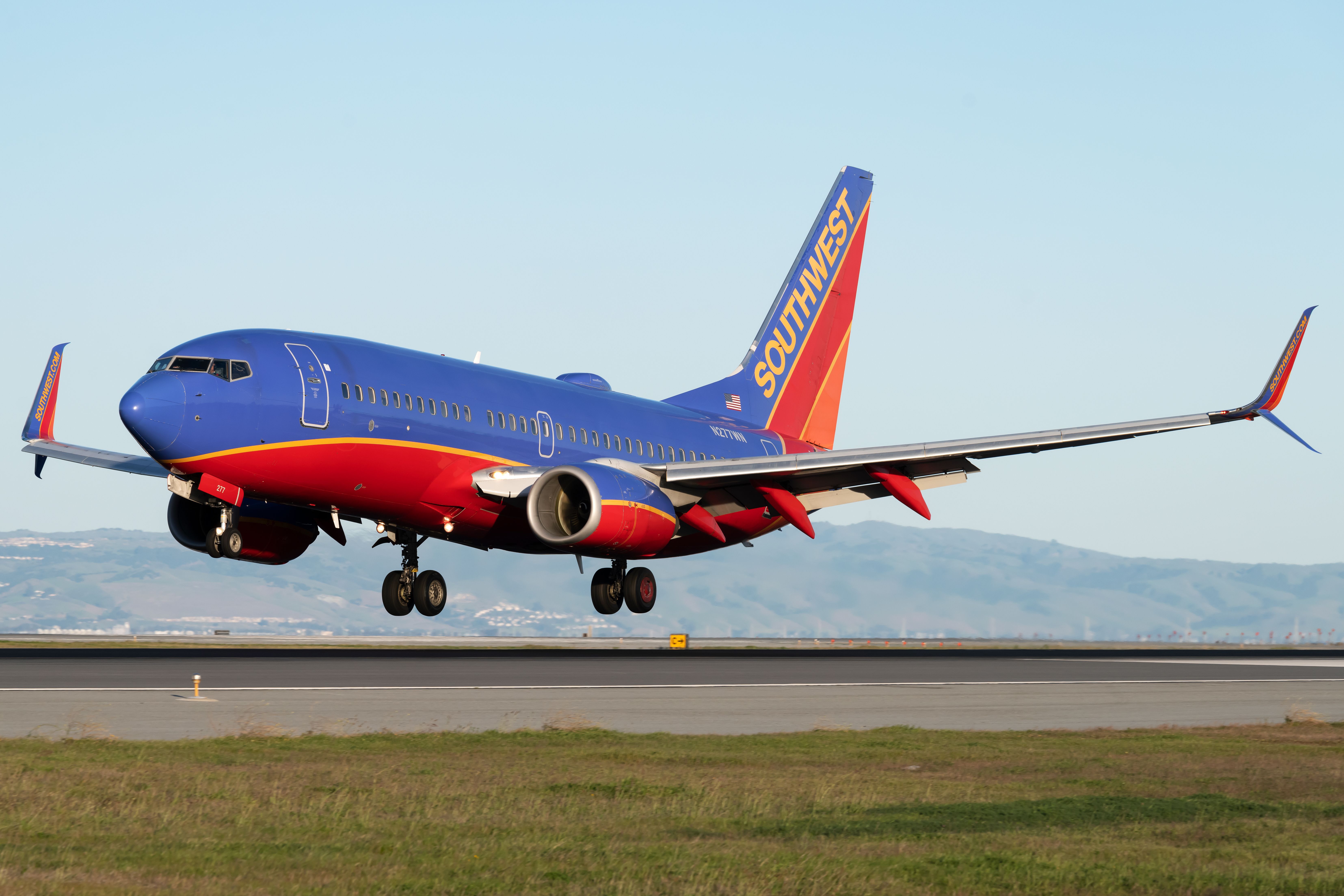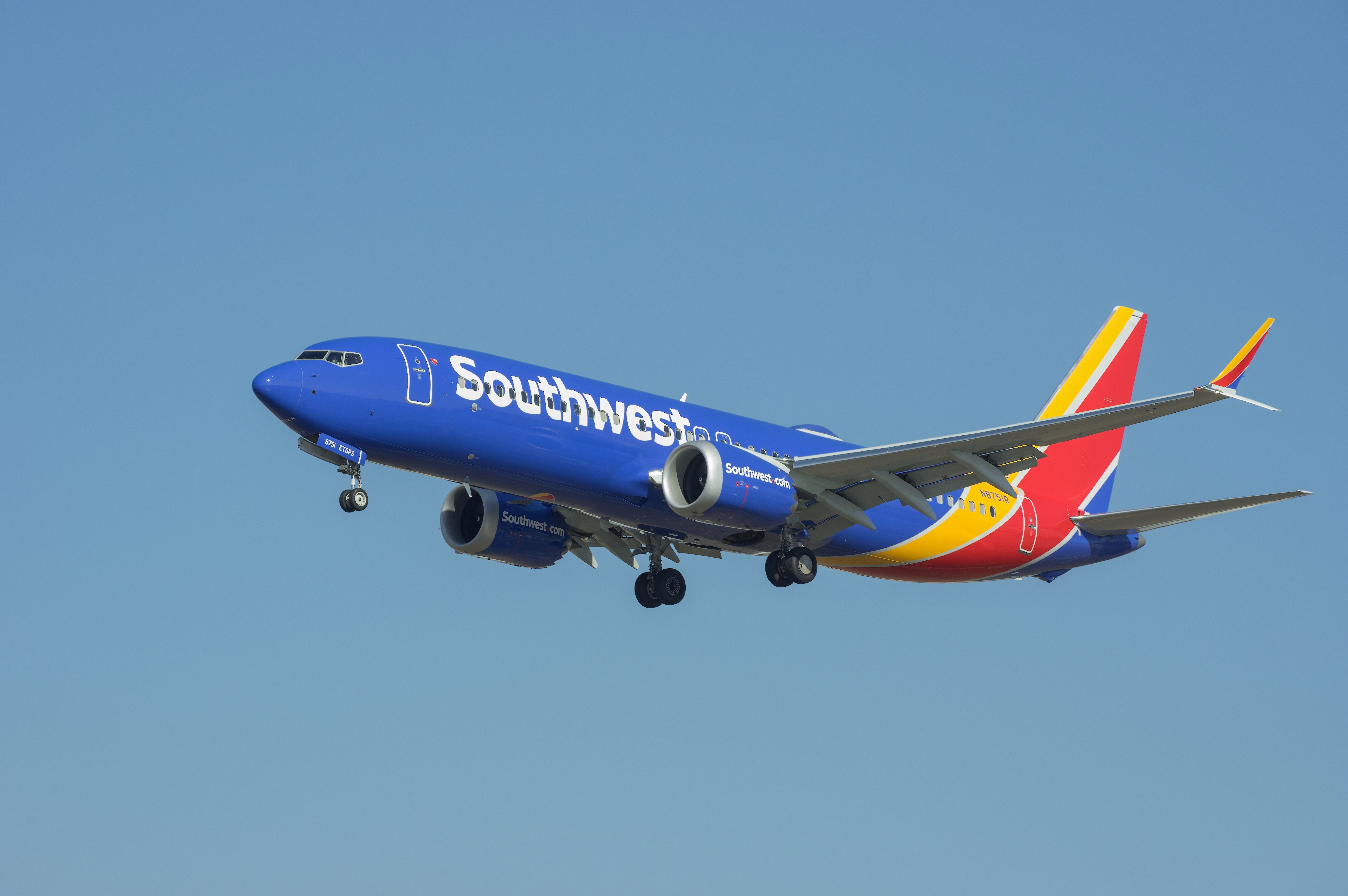Summary
- Southwest Airlines revolutionized air travel by making it affordable and accessible to all.
- Their success is attributed to offering low fares, utilizing cheaper airports, operating a single fleet type, smart scheduling, and flying point-to-point routes.
- Southwest’s entry into new markets led to the “Southwest Effect,” lowering prices and increasing demand.
In the ever-evolving world of aviation, one name stands out as the pioneer of a revolution that changed how we travel: Southwest Airlines. This legendary airline has rewritten the rulebook, making air travel affordable and accessible to all. It’s not just a successful airline; it’s the largest low-cost airline in the world, and it holds an astonishing record of 47 consecutive profitable years between 1973 and 2019. The COVID-19 pandemic put an end to this incredible run. So, what’s the secret behind Southwest’s remarkable success? Let’s delve into the story and strategies that have made Southwest Airlines a true aviation trailblazer.
The first low-cost airline
Before Southwest, there was another trailblazer, Pacific Southwest Airlines (PSA). In 1949, PSA introduced the concept of low-cost flights, focusing primarily on routes within California. By avoiding the complexities of federal regulations in other states, PSA thrived as the flag-carrying airline of California. However, Southwest Airlines took this concept to the next level.
Southwest was founded in 1971 by Herb Kelleher with a vision to disrupt the market at the lower end, making air travel accessible to a broader audience. PSA’s success inspired Kelleher’s strategy, but he refined it, creating a formula that would set the standard for low-cost carriers worldwide. Unlike PSA, Southwest expanded beyond Texas, growing steadily to become the world’s largest low-cost carrier.
How do they do it?
Southwest's success is built on a solid business strategy that has become the blueprint for countless other airlines. Let's break down the key elements that make Southwest's model so effective:
- Low Fares: Offering unrestricted fares at affordable prices, making air travel budget-friendly for everyone.
- Cheaper Airports: Utilizing secondary airports, reducing landing costs.
- Single Fleet Type: Operating a fleet composed of a single aircraft type, reducing pilot training, mechanic skills, and spare parts requirements.
- Smart Scheduling: Creating schedules with short turnaround times and maximizing fleet airtime.
- Point-to-Point Routes: Operating short, high-frequency routes that cater to in-demand destinations.
Beyond these strategies, one of Southwest’s key differentiators is its focus on employee satisfaction. While maintaining cost efficiency, the airline strives to pay fair wages, implement profit-sharing programs, and emphasize customer service, creating a motivated and productive workforce.
The ‘Southwest Effect’
Southwest’s impact on the aviation industry goes beyond its impressive business model. The airline’s entry into new markets led to a phenomenon known as the ‘Southwest Effect,’ a term coined by the US Department of Transportation in 1993. This effect unfolds in three stages: Southwest increases supply and lowers prices on a route, incumbent airlines respond by reducing fares to compete, leading to increased demand for air travel across the board. Even legacy carriers, forced to lower fares, experience higher profits due to improved load factors.
While similar effects have been observed with other low-cost airlines like JetBlue and Ryanair, Southwest remains the original disruptor and the benchmark for cost-saving strategies. In conclusion, Southwest Airlines’ success story is a testament to innovative thinking, a commitment to low-cost accessibility, and a well-executed business model. With its pioneering spirit, Southwest has shaped the aviation industry and enabled millions of people to experience the joy of flying.
Increased competition
In 2018, Southwest Airlines held the dominant position in the US market, commanding a significant 20% share of the domestic aviation market. Before the pandemic, the airline transported a substantial 132 million passengers yearly. Nevertheless, in the last five years, a growing number of competitors have entered the market, intensifying Southwest’s low-cost competition. By 2022, the carrier’s market share had declined to a modest 16.9%, reflecting a notable decrease of over 3%.
What do you think about Southwest's business model? Let us know in the comments below.




